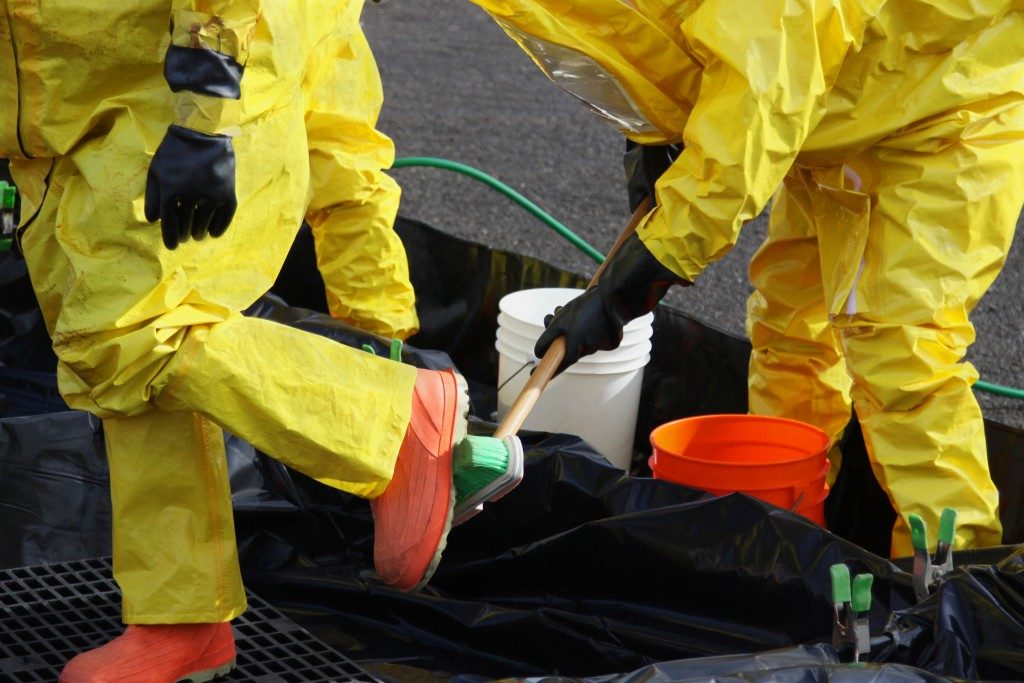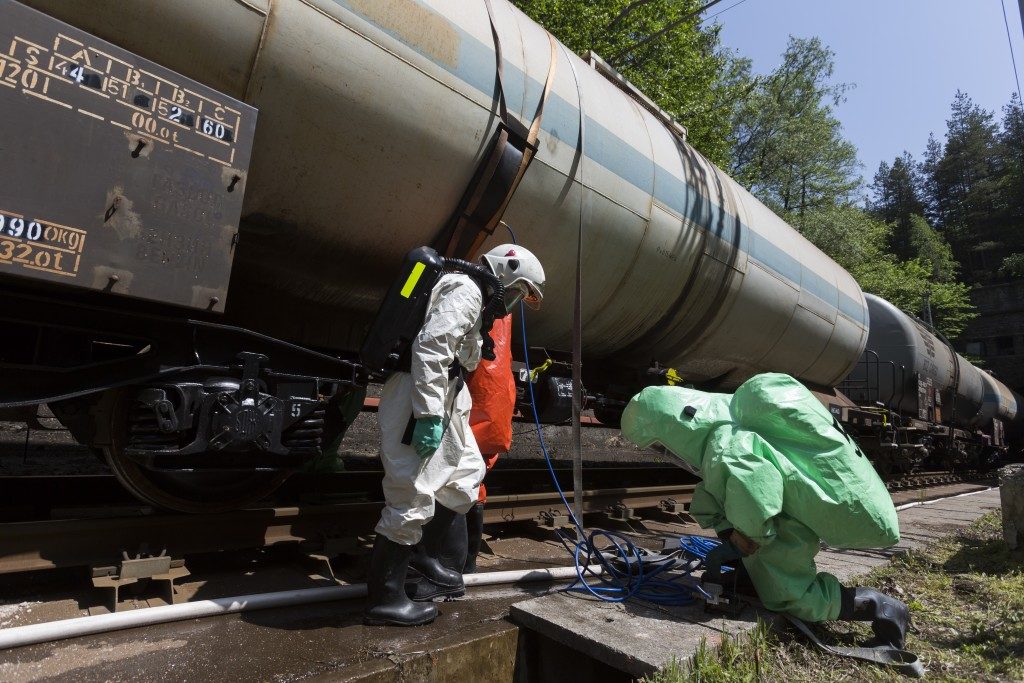According to research, the environmental remediation industry has recorded a 1.6% growth in the past five years. The major reason for this growth is the public knowledge that remediation is necessary. The Environment Protection Agency reported that at least 23 million acres of land in the U.S. is contaminated. They also stated that some areas are more susceptible to contamination than others.
To help save your land from further contamination, this guide highlights the various types of remediation available today. You may contact any of the environmental remediation companies in Utah to help you decide which type suits your land best and determine the cleanup methods to use.
Ground Water Remediation
This involves the treatment of the water below the earth’s surface. Some of the pollutants in this water can be directly removed, while others must be converted into harmless products. Underground water remediation is important since this water naturally harbors various disease-causing microorganisms, such as E. coli.
Moreover, underground water flows, making it easy for the pollutants to spread all over your land. Underground water is mostly polluted by leaking landfills, runoffs from neighboring farms, and industrial spills.
Surface Water Remediation
This type is similar to underground water remediation; the only difference is that above-ground water is easier to access. Surface water is exposed to various elements, making it even more dangerous to humans, wildlife, and the environment. Still water, specifically, is a breeding hub for multiple bacteria and insects that can affect human health.
Surface water pollution mostly results from pesticides, human waste, or runoffs from neighboring land. Surface water remediation is easier to deal with; therefore, it is less expensive.
 Soil Remediation
Soil Remediation
This focuses on the removal of contaminants from the soil. Elements such as creosote, heavy metals, and hydrocarbons present a serious contamination challenge for landowners. You can remediate your soil in various ways.
The most popular method is using particular bacteria to treat the soil. You may also use encapsulation, air sparging, thermal soil remediation, or removing and replacing the entire contaminated lot with healthy soil.
Unfortunately, soil contamination has serious long-term effects, which deteriorate not only your property but also the ecosystem in it. Soil contaminants cause massive animal die-offs and long-term or permanent illnesses in humans.
Sediment Remediation
This category combines water and soil remediation. When the two are mixed, a new environment is developed, attracting a different set of microorganisms not found in water or soil alone. Sediment can be seen in sand, soil, organic matter, and any other material that slowly collects at the bottom of a water body and contains high levels of toxic materials.
Different types of remediation require different cleanup methods. These methods may include; wastewater treatment, incineration, groundwater pumping and treatment, bio-remediation, thermal desorption, and removal and disposal. The method used depends on the type of hazardous waste present and the extent of damage to your property and the environment. Always seek help from a waste management company focusing on comprehensive remediation, conservation, and sustainability.



